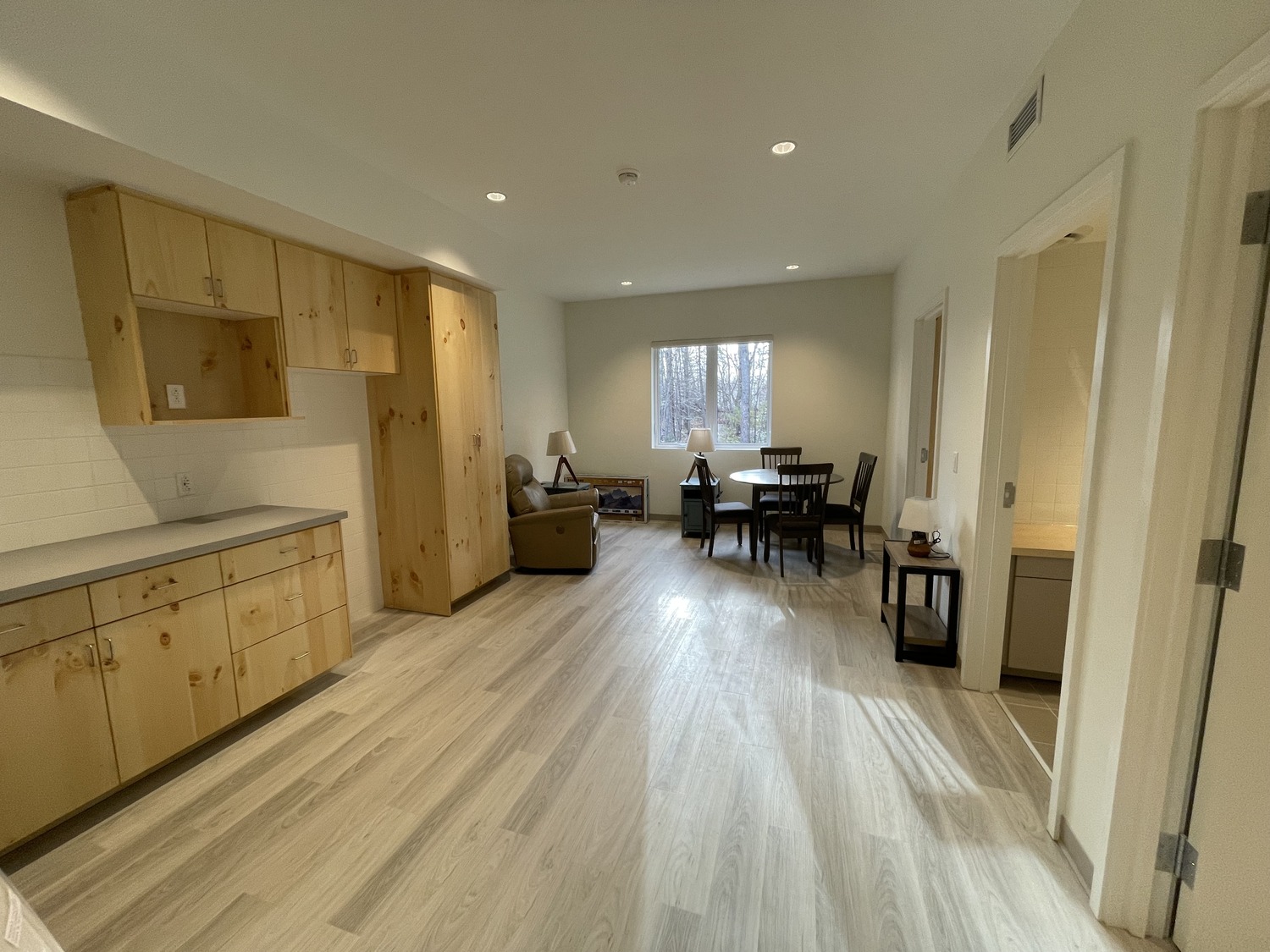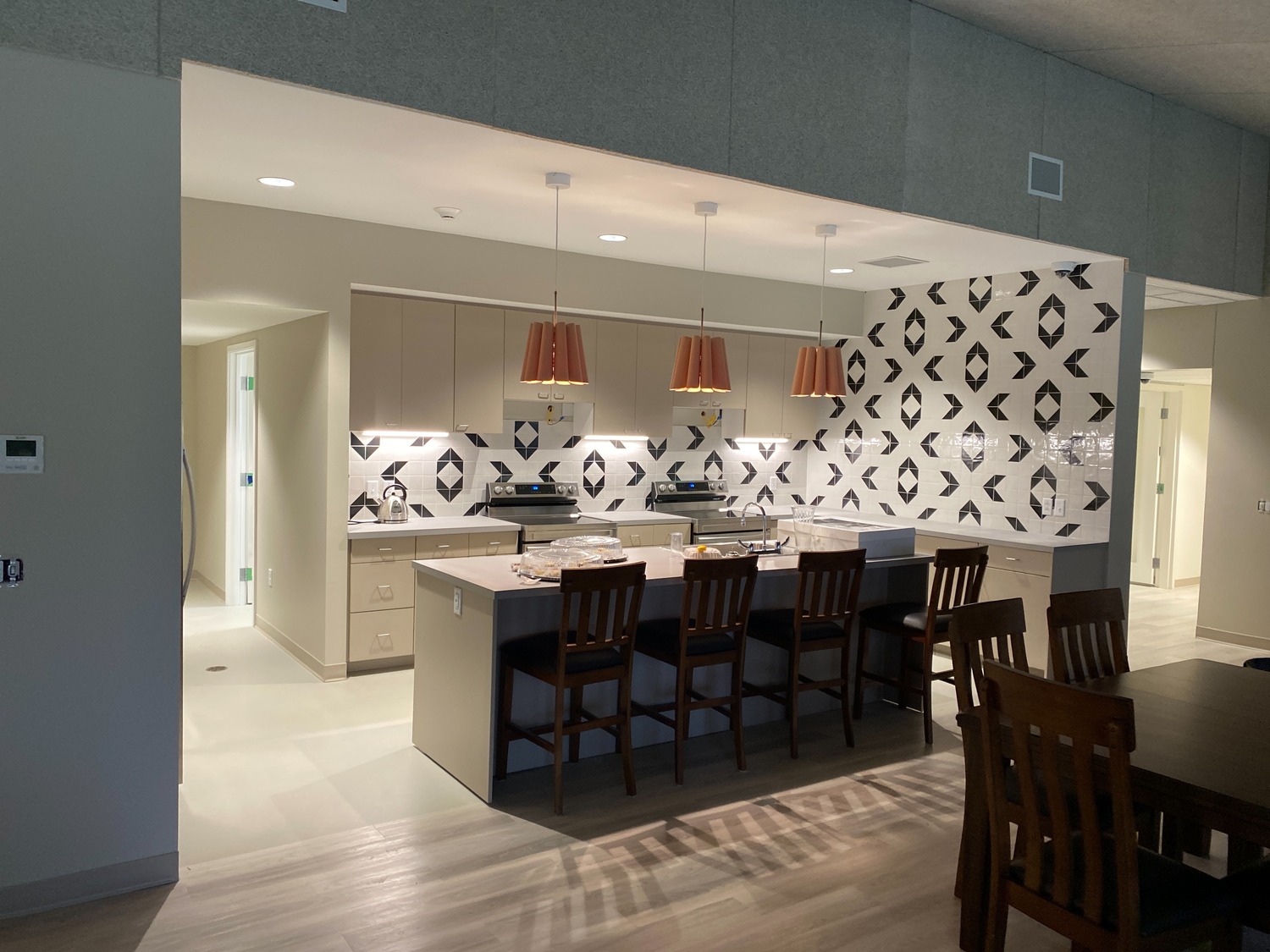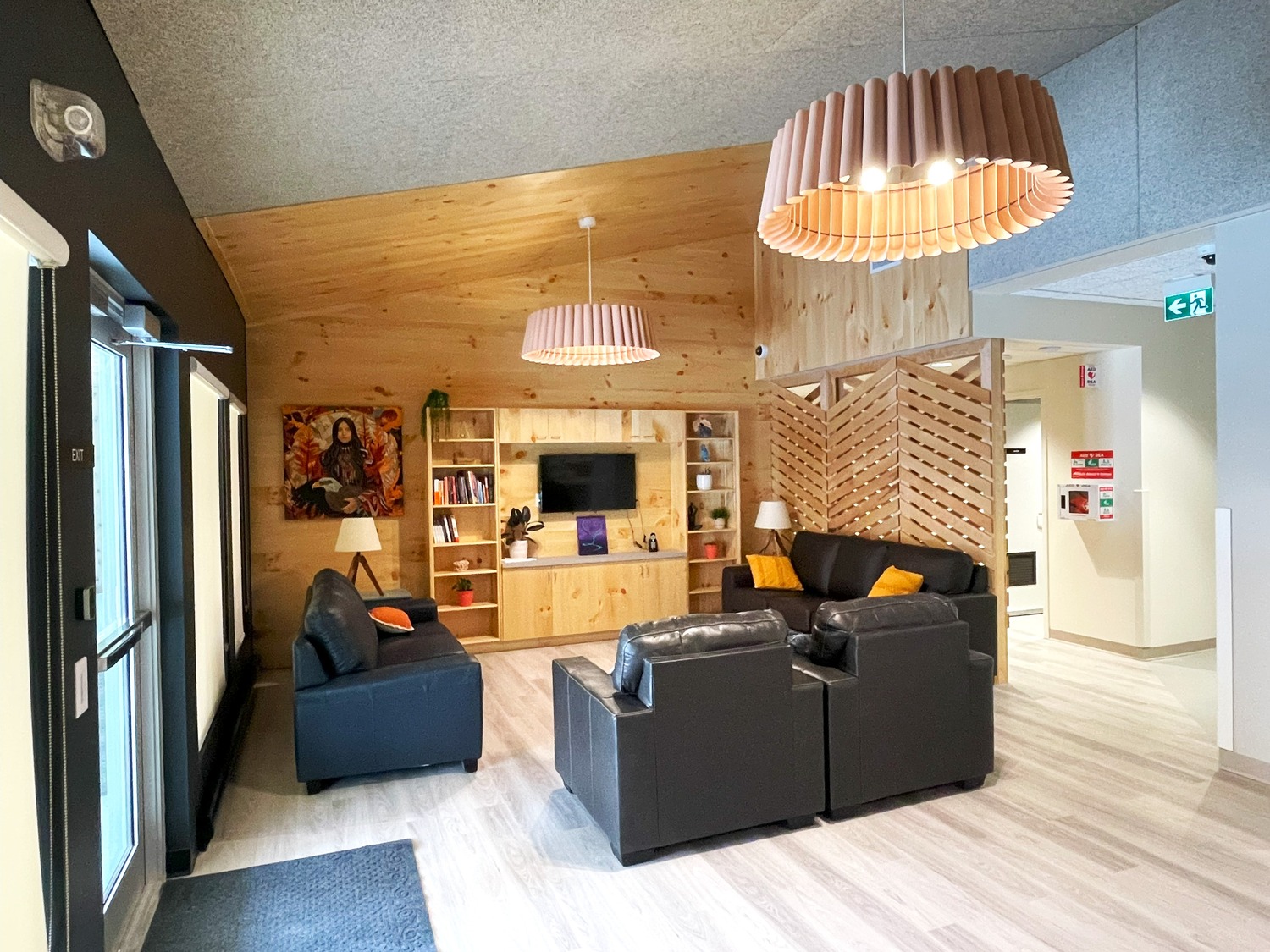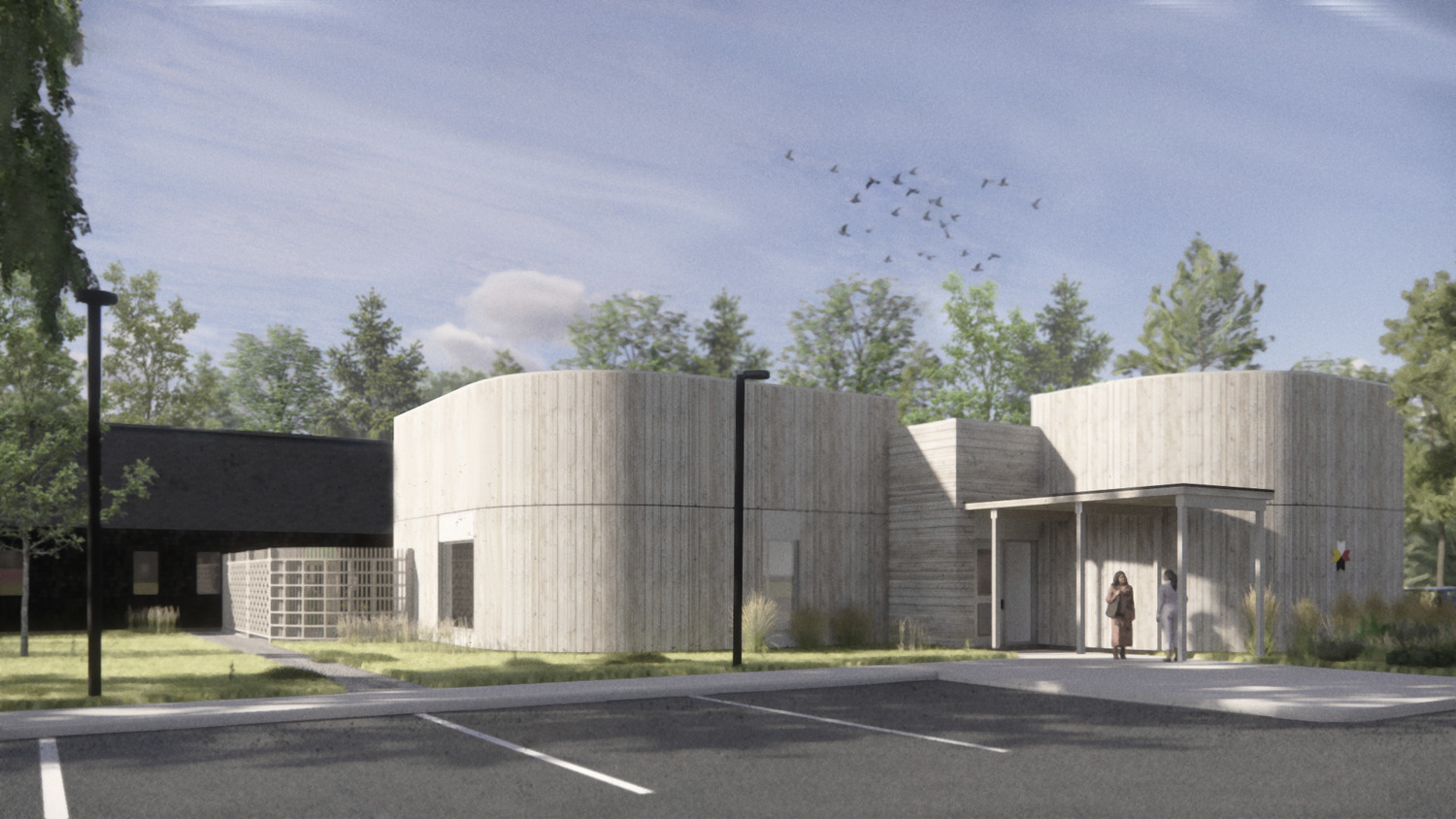The Nignen Women’s Shelter, designed by EXP, is a safe haven for First Nation women, children and 2SLGBTQ people escaping domestic violence. EXP was honored to contribute to this impactful project, which was recognized with an Award of Excellence and the Engineering a Better Canada Award in the 2025 Association of Consulting Engineering Companies (ACEC) National Awards.
A place for holistic healing
Located on the Natoaganeg (Eel Ground) First Nation, the Nignen Women’s Shelter is a first-of-its-kind facility in New Brunswick. It offers 12 live-in units, as well as access to medical examinations, mental wellness evaluations, addiction support services, personal workshops and connection to First Nation elders. The shelter is designed to be a safe space for healing while maintaining a sense of connection to First Nation culture and traditions.
“The ability to find comprehensive health services, along with a space for First Nation ceremonies and traditions, is a truly unique resource. We took a careful and intentional approach to the design of this shelter, and we are proud to have created a space that supports healing and growth, while still incorporating tradition and culture,” EXP Senior Vice President, Regional Manager – Eastern Canada Richard Smith said.
EXP looked to Natoaganeg Chief and council, elders and First Nation staff to understand First Nation culture and incorporate elements into the design. EXP also received input about important ceremonial spaces from the North Shore Mi’kmaq Tribal Council’s seven member First Nation communities. These conversations led to the inclusion of several engineering and design principles to complement First Nation elements.



Designed for First Nation women
First Nation artwork is displayed throughout the shelter, and the building layout is based on the medicine wheel, which represents health and resilience. The building orientation is also symbolic, with the main entrance facing east to symbolize a new day, and the ceremonial space facing south to symbolize women’s cardinal direction and spiritual self. The shelter also includes space dedicated to smudging ceremonies, which are held to cleanse the spirit.
The facility provides opportunities for First Nation community members as well. Throughout construction, the contractor committed to and exceeded in employing a workforce of at least 20% First Nation individuals. Because the shelter provides First Nation-led services, its creation also resulted in 13 full-time jobs for First Nation individuals.
Designing for energy efficiency and environmental protection
This project prioritized sustainable and resilient design. The building’s design established and exceeded energy efficiency targets set in the National Energy Code of Canada for Buildings (NECB) by at least 25%. The shelter also features advanced electrical and mechanical systems. The electrical systems are designed to accommodate future growth and use renewable energy to offset greenhouse gas emissions by almost 50 tonnes of CO2 per year. The mechanical systems are designed to include a central variable refrigerant flow heating and cooling system to allow for temperature control without using fossil fuels.
This project is a significant investment in safety, healing and community for First Nation women, children and 2SLGBTQ people experiencing domestic violence. The shelter offers a space for holistic healing, with access to medical, spiritual and mental health care. Our team was honored to collaborate with First Nation leaders to ensure the representation of First Nation culture throughout the design and ultimately create a valuable community resource.

